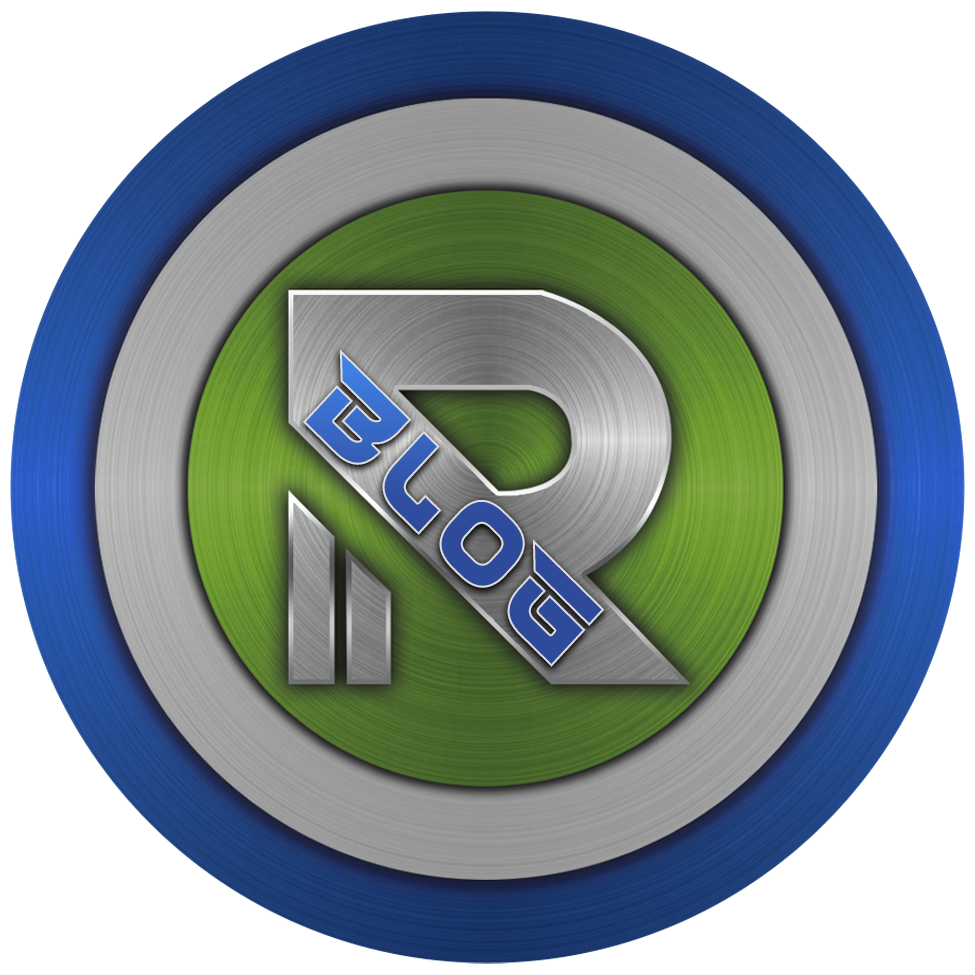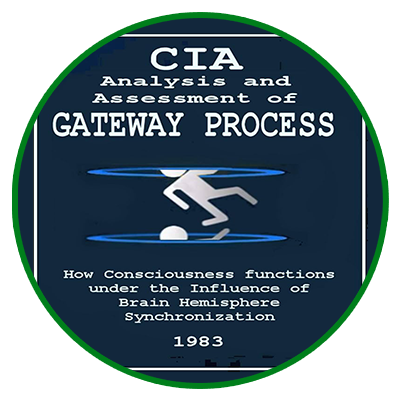
As the blockchain space evolves at an unprecedented pace, Ethereum remains its undisputed pioneer and foundational layer. Launched in 2015, Ethereum introduced the world to smart contracts, enabling the decentralized applications (dApps) revolution. In 2025, Ethereum continues to solidify its dominance as the most actively used blockchain for DeFi, NFTs, DAOs, and Layer 2 ecosystems.
Why Ethereum Still Leads the Blockchain Ecosystem
1. First-Mover Advantage & Network Effects
Ethereum’s early launch gave it a head start, attracting the largest community of developers, validators, and institutional participants. With over 4,000 live dApps, it hosts the most diverse and active ecosystem.
2. Smart Contract Flexibility
Ethereum’s Turing-complete smart contracts, written in Solidity and Vyper, have enabled the creation of everything from DeFi protocols and NFT marketplaces to on-chain governance systems.
3. Layer 2 Expansion
To address scalability, Ethereum is embracing Layer 2 (L2) solutions like Arbitrum, Optimism, zkSync, Base, and Starknet. These networks offer faster, cheaper transactions while inheriting Ethereum’s security guarantees.
4. Green Transformation with PoS
Since “The Merge” in 2022, Ethereum operates under Proof-of-Stake (PoS), cutting energy usage by over 99.95%, making it the most eco-friendly of all major chains.
Ethereum in Action: Real-World U.S. Use Cases
1. Government Pilots & Digital Identity
U.S. pilot programs have experimented with Ethereum-based solutions for:
- Decentralized ID (DID) via Soulbound NFTs
- Public funding and grant tracking on-chain
- Transparent supply chain verification
2. Institutional DeFi
Major financial institutions (e.g., JPMorgan, BlackRock, and Goldman Sachs) are using private Ethereum chains to explore tokenized assets, money markets, and stablecoins.
3. CBDC and Compliance Layering
Several U.S. think tanks and technology labs are developing Central Bank Digital Currency (CBDC) pilot frameworks on Ethereum’s permissioned forks due to its transparency and composability.
?️ Ethereum’s Roadmap: What’s Coming in 2025–2026?
Ethereum’s roadmap is not just about keeping up with innovation — it’s about engineering the most scalable, decentralized, and resilient global infrastructure for digital value and programmable trust. The upcoming milestones will redefine the limits of blockchain performance and accessibility.
? Dencun Upgrade (Completed Q1 2025)
- Introduced Proto-Danksharding (EIP-4844) — a major milestone reducing data storage costs for Layer 2 rollups.
- Improved scalability by enabling “blobs” for temporary data storage, reducing congestion on Ethereum’s mainnet.
- Marked a turning point for L2 ecosystems like Optimism, Arbitrum, zkSync, and Starknet, allowing massive cost savings for users.
? Full Danksharding (Expected Late 2026)
- Will unlock true modular scalability, enabling Ethereum to process over 100,000 transactions per second through rollups.
- Introduces full implementation of data sharding with separate execution layers.
- Designed to support global-scale applications — from digital ID systems to real-time financial settlements.
? Stateless Ethereum & Verkle Trees
- Reduces the storage burden on nodes, making it easier for individuals to run Ethereum clients without heavy infrastructure.
- Verkle trees will replace Merkle trees, optimizing proof size and verification time.
- Goal: radically improve decentralization and reduce the barrier to entry for validators and developers.
? Modular Architecture & L2-Centric Future
- Ethereum will fully embrace a rollup-centric vision, offloading execution to Layer 2s while maintaining consensus and settlement at L1.
- Future upgrades will improve composability between rollups and further reduce latency and fees.
- Supports mass adoption through consumer-grade UX with wallet abstraction, account recovery, and gasless transactions.
✅ Why It Matters
This roadmap is more than technical upgrades — it’s a shift toward a globally accessible, user-friendly, and censorship-resistant financial layer for the internet. Ethereum isn’t just preparing for Web3 — it’s building the rails for the next digital revolution.
?️ Final Thoughts: Ethereum Is Not Just a Platform — It’s the Engine of a Decentralized Future
Ethereum is more than just the first smart contract blockchain — it’s the heart of a global movement redefining how value, trust, and governance are established in the digital age.
From empowering financial freedom through DeFi to pioneering public goods funding via DAOs, Ethereum is laying the foundation for an internet owned by its users. Its modular architecture, vibrant developer ecosystem, and relentless focus on scalability and decentralization make it uniquely positioned to support innovation for decades to come.
Whether you’re launching a tokenized fund, designing the next governance protocol, or building infrastructure for digital identity, Ethereum offers the battle-tested foundation and community-driven roadmap to bring your vision to life.
In 2025 and beyond, Ethereum is not just leading Web3 — it’s defining what the future of the internet can be.
? Dive deeper into the movement at https://ethereum.org


